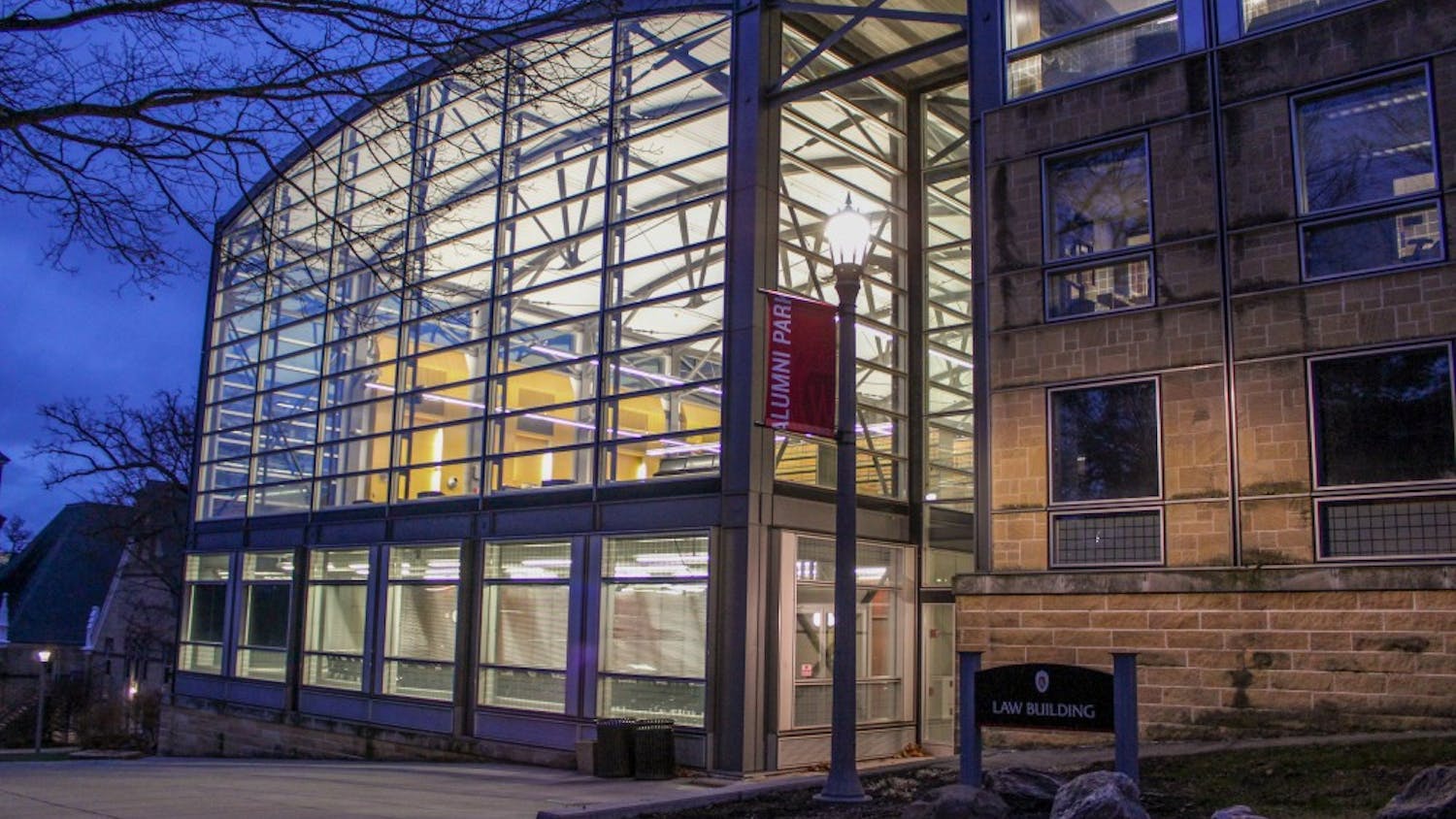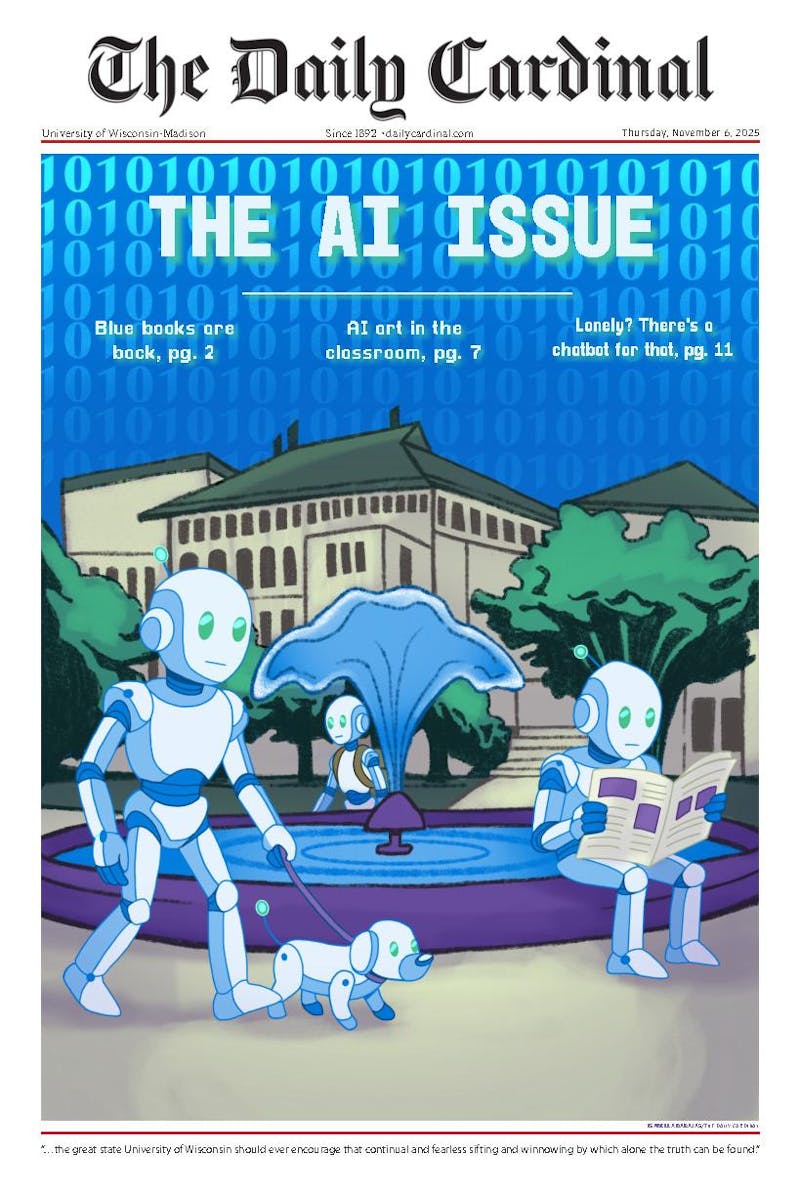The future is looking brighter for Chanel, Christian Dior, Louis Vuitton and other luxury brands.
Last week's announcement that the Neiman Marcus Group was putting itself up for sale, as well as the robust sales reported by the top luxury company Pinnault-Printemps-Redoute, turned investors' focus back toward a market that had been dismissed.
The luxury goods market took a major hit after growing steadily throughout the late 1990s, consistently posting growth rates between 10 and 20 percent, according to statistics released by The Luxury Report, based on research gathered by Unity Marketing. As recently as 2000, the average annual growth was 17.9 percent.
However, the economic recession beginning in 2001 had a disastrous effect on the luxury goods market. Growth dipped to a shockingly low 4.4 percent. The top three luxury companies-PPR, Christian Dior and LVMH Mo??t Hennessy Louis Vuitton-posted growth rates of just 5.6 percent, -0.4 percent and -0.1 percent, respectively.
Macroeconomic changes, as well as the proliferation of websites marketing luxury goods worldwide and expansion into emerging markets in Russia, India and China, have led to increased sales in the luxury goods market. According to the Women's Wear Daily, who cited the Wealth Report, the number of individuals considered wealthy is rapidly expanding and, along with that group, the amount of income that can be spent on luxury goods.






